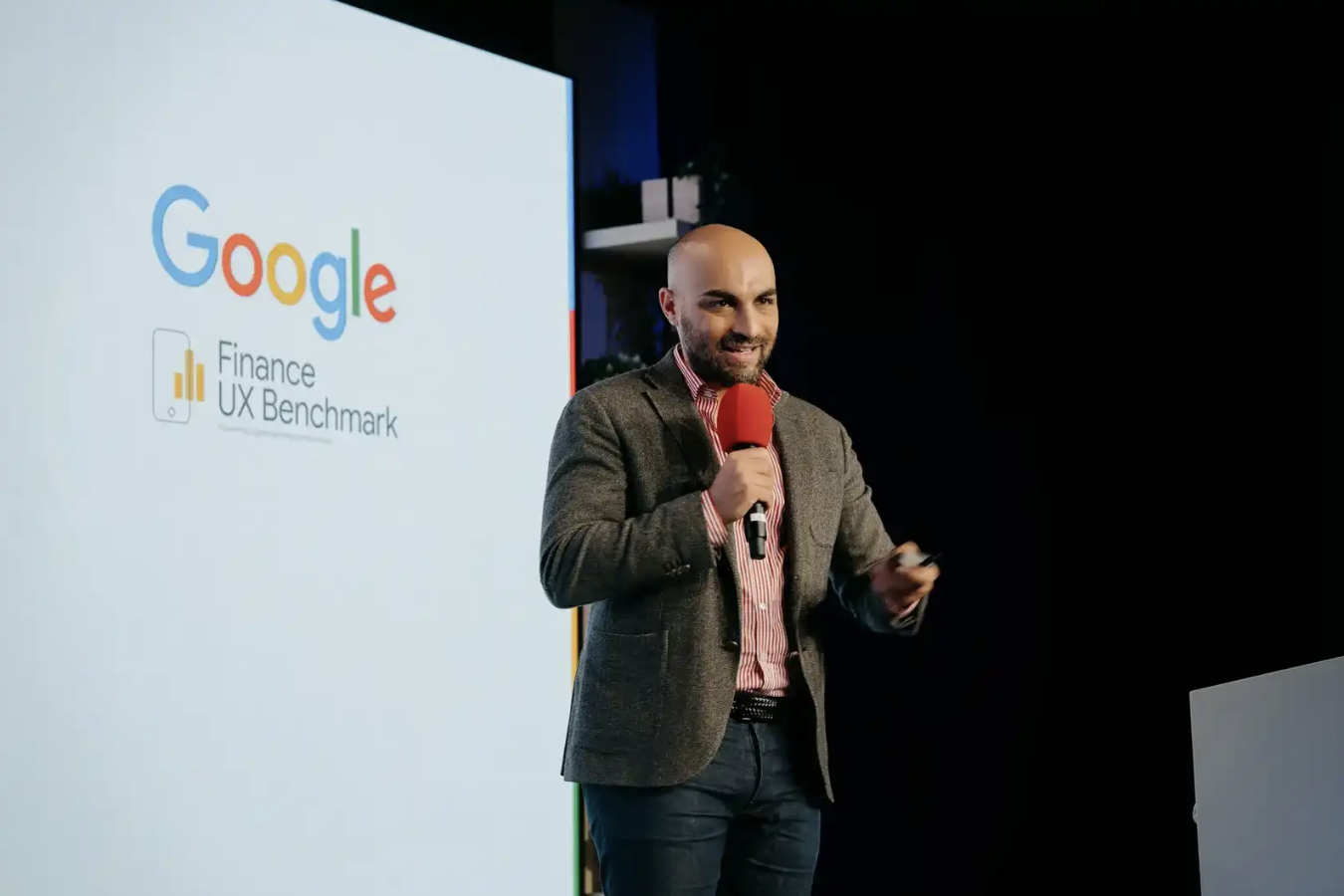
Data is like archaeology, we search for hidden pieces to build a story. In a world where data is abundant but actionable insight remains rare, most organizations still grapple with the limits of traditional market intelligence. It’s no longer enough to pilot the latest tech; you need a radically new operating philosophy to thrive.
Data without meaning is useless, and intuition without facts is pointless. Data won’t tell you everything. Intuition won’t tell you everything either. But data + intuition = fire.
As an expert in AI-powered insights, having worked at Google and Twitter, my mission is to decode exactly how artificial intelligence and most critically, generative AI, must be deployed to elevate any insights function and unlock compounding competitive advantage.
From Reporting the Past to Translating the Future
Most traditional data, research and media reporting focuses on the past, describing what has already happened and explaining historical patterns. While this has value, it is inherently reactive rather than proactive. The power of AI lies in moving beyond hindsight to foresight, beyond the past to the future, predicting what is likely to happen next and uncovering emerging opportunities and their broader implications. This forward‑looking intelligence enables organizations not only to respond faster, but to preempt shifts in the market, with all the strategic, operational, and competitive advantages that implies.
Beyond the Buzz: The Strategic Intelligence Architecture (SIA) Framework
Forget toolkit thinking. The disruptive path forward is the Strategic Intelligence Architecture (SIA) a blueprint for enterprise-level intelligence that integrates three key pillars:
1. Data Empathy
Move beyond data points to understand the emotional, behavioral, and contextual drivers behind each consumer action. This human-centric approach leverages AI to interpret not only what customers do, but why they do it, unlocking nuanced segments and reframing insights from "what happened" to "what matters next."
True data empathy means moving past statistical significance to strategic resonance. Generative AI tools can ingest millions of consumer conversations, reviews, and behavioral signals. But only empathetic frameworks, tuned via continuous feedback loops and human validation, distinguish fleeting trends from lasting truths. This is where future-focused leaders set the pace for industry relevance.
2. Data Translation
End the era of lost-in-translation analytics. The new breed of insight leaders must be Data Translators, strategic hybrid professionals who bridge the language of AI models with the language of business strategy to unveil the right opportunities and connect the dots between technology and outcomes. They architect business questions, curate datasets, validate outputs, and turn technical results into narrative-driven recommendations the C-suite can act on fast.
Human intuition brings empathy and values, while machine intelligence brings scope and scale. Moving beyond the science of data to the art of interpretation allows for a deeper understanding of human behavior and creates strategies that truly connect with people. By understanding the human story behind the data, companies resonate more deeply with their audiences.
3. Intelligence Systems
Market sensing must evolve into a living, always-on intelligence ecosystem. By combining real-time data pipelines, adaptive algorithms, and generative summarization, you can build a system that re-learns, adapts, and operationalizes insights as quickly as the market changes. Market sensing must evolve into a living, always-on intelligence ecosystem, a system that captures signals in real time, adapts instantly, and delivers insights as fast as the market moves.
By combining real-time data pipelines, adaptive algorithms, and generative summarization, intelligence shifts from static reporting to a dynamic capability that continuously re-learns from every outcome. This turns insights into a self-improving strategic partner, one that doesn’t just say what happened, but tells you what’s next.
For C-suite leaders, this means faster, sharper moves: spotting opportunities or threats in real time, not weeks, and steering the business with confidence in the moment.
The Three Horizons of AI Intelligence
The SIA framework evolves through three horizons:
Horizon 1: Automate to Inform, Deploy AI for rapid processing, cleansing, and reporting. Build foundational hygiene.
Horizon 2: Predict to Strategize, Integrate machine learning to forecast demand shifts, competitor actions, and consumer behavior patterns.
Horizon 3: Imagine to Create, Leverage GenAI to reframe scenarios, generate market hypotheses, and synthesize multidimensional intelligence that drives disruptive new business models.
Toolkit: How to Systematize Disruptive Insights
GenAI for Consumer Understanding
Deploy models (e.g., GPT, Llama, Grok, Gemini) to simulate and synthesize consumer sentiment, ideate on unmet needs, and test positioning at scale.Automated Signal Detection
Pair natural language processing (NLP) with anomaly-detection algorithms for early warning across social, search, and transaction data.Strategic Data Translator Layer
Champion new data translator roles whose mandate is cross-functional and business translation, not siloed analytics.Living Intelligence Platforms
Implement continuous analytics platforms (e.g., Databricks, Snowflake with ML integrations) that automate both output generation and adaptive learning, transforming reporting into strategic decision support.Human Validation Loops
Institutionalize "data empathy reviews", regular sessions where human insight recalibrates model assumptions and aligns intelligence delivery to evolving business questions.
Actionability as the True Measure of Insights
The value of insights is ultimately defined by their actionability. Too often, data initiatives stop at descriptive conclusions, explaining what happened without enabling decisive action. AI‑powered intelligence changes this dynamic by surfacing meaningful, context‑rich insights that are directly linked to business objectives, not just to reporting frameworks. This shift transforms insights teams from passive analysts into proactive growth enablers. In an environment where every function is expected to demonstrate impact, the insights discipline must prove its ROI, both in driving incremental sales and in strengthening brand equity. An AI‑driven approach not only identifies the “what” and the “why” but also delivers the “so what” and the “now what,” enabling strategies that are measurable, repeatable, and capable of generating sustained competitive advantage.
Leading Beyond Technology
Disruptive insight isn’t about tools, it’s about frameworks that foster strategic imagination. SIA transforms passive reporting into proactive market navigation. Data empathy turns AI from automation into inspiration. Data translators create clarity at every interface between technology and strategy. This approach puts decision-makers at the vanguard of strategic intelligence. As a C-suite leader, it empowers key stakeholders to:
Shift from periodic market studies to real-time consumer relevance.
Move from siloed analytics to integrated intelligence translation.
Build organizations where AI continuously teaches and learns.
Brand the business as a generator of the market’s next paradigm, not a follower.
In the race for market relevance, leaders who embrace Strategic Intelligence Architecture today won’t just adapt to the future, they will lead the change.
Seddik Cherif




















Write a comment ...